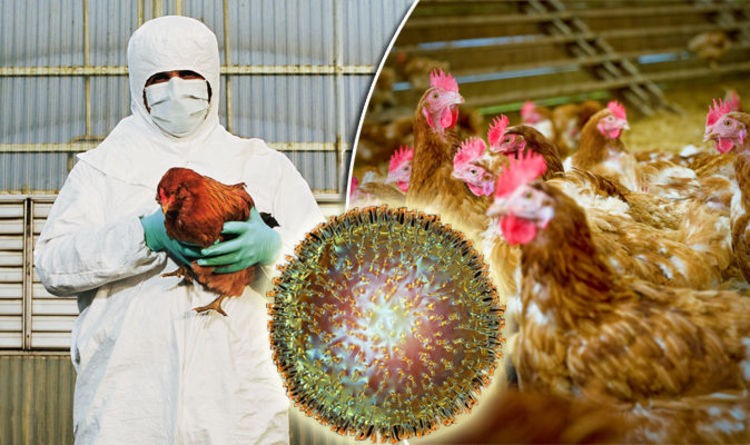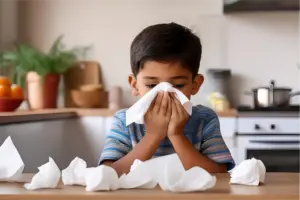
The H5N1 avian influenza virus continues to pose a significant threat to both poultry and wild bird populations, highlighting the critical need for vigilant surveillance and control measures. Public health experts stress that while H5N1 does not spread from person to person, preventing the virus from jumping to humans is essential to avoid severe or fatal infections.
Dr. Rajeev Jayadevan, Co-Chairman of the Indian Medical Association’s COVID task force, explained the virus’s nature and transmission dynamics. “These viruses circulate among wild birds, and when migratory birds visit poultry farms, the chickens get infected. While most infections are limited to birds, there are occasional instances of the virus jumping to humans, often due to direct contact with sick or dead birds without proper precautions.”
Such rare cases of human infection are concerning because scientists have detected new mutations in these instances, suggesting the virus’s adaptability to human biology. Dr. Jayadevan emphasized the importance of regular surveillance in poultry farms and international collaboration to monitor outbreaks, detect mutations, and prevent the virus from adapting further. He reassured that the virus does not spread between humans, which minimizes the risk of sustained outbreaks.
Recent developments in India underscore the urgency of these measures. Maharashtra reported the country’s first case of avian influenza in animals, with three tigers and one leopard succumbing to the virus at a rescue center in Nagpur. Globally, the Centers for Disease Control and Prevention (CDC) recorded the first human death from H5N1 in the United States, while the World Health Organization has documented over 950 cases worldwide, half of which were fatal.
Dr. I.S. Gilada, Secretary General of the People’s Health Organisation, emphasized the need for continuous genome sequencing, knowledge sharing, and vaccine research to address potential outbreaks effectively. He also appealed for a balanced coexistence with nature, highlighting that interference with wildlife and ecological systems increases the likelihood of zoonotic diseases.
“Like humans, animals and birds have a right to exist in their natural domains. Failing to respect this balance invites risks such as zoonotic diseases, poisoning from wild plants, and climate-related disasters,” Dr. Gilada stated.
By maintaining vigilance, adhering to precautionary measures, and fostering global cooperation, the threat of H5N1 can be managed effectively, ensuring the safety of both human and animal populations.








